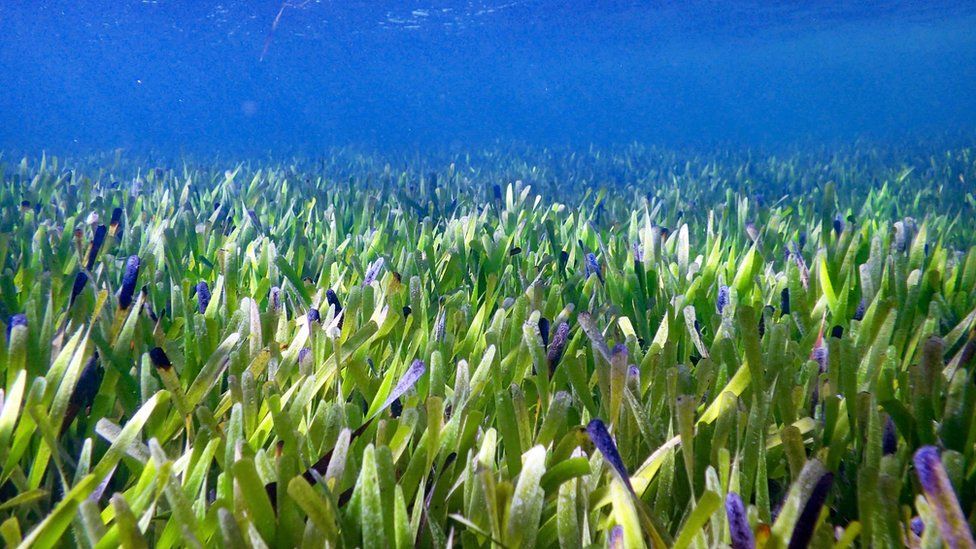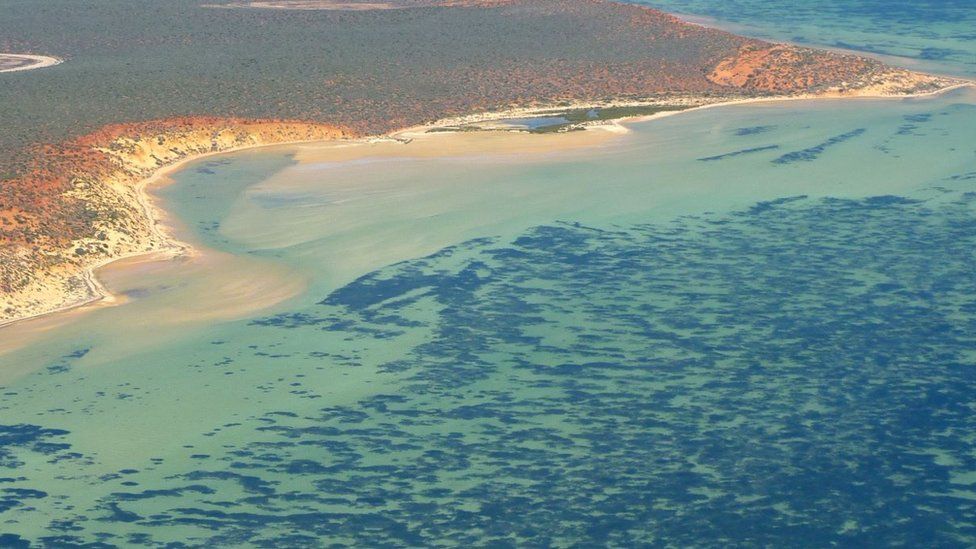
A rare seagrass was found on the coasts of Australia recently. It is supposedly the world’s largest plant by area and age. It spreads over 200 square kilometers, and it is as thrice in size from Manhattan.
World is full of mysteries and beautiful creations by God. This makes a human think about his limit in knowledge and intelligence. Recent example is newly found world’s largest plant on the coasts of Australia.
The plant is a type of seagrass, found abundantly at that region of the world. Underwater seagrass meadows grow in two ways. They grow either by sexual reproduction, which helps them generate new gene combinations and genetic diversity. Or they grow by extending their rhizomes, the underground stems from which roots and shoots emerge.
The 200 Square kilometers (77 square miles) long meadow is about 4500 years old. The unique plant is as wide as three Manhattans or 20,000 rugby stadiums. This is one of a kind specie that scientists discovered and they are still figuring out the statistics.
Also See: The first plants have been grown successfully in lunar soil
Fiber-ball Weed
The species – a Posidonia australis, also known as fiber-ball weed or ribbon weed. You can find this meadow in Shark Bay, around 800 kilometers from Perth. Moreover, The specie generally grows like a lawn at a rate of up to 35cm a year. This is how researchers estimated it has taken 4,500 years to sprawl to its current size.
Discovering the world’s largest plant is a pure accident. Scientists came across the meadow searching other minerals and stuff. Whereas, When they asked about how many plants made this lawn underwater. The answer stumbled them all, it was only one plant that grows to this extent.
Little Details
However, normal seagrass has 20 chromosomes. This plant has 40, which makes it rare in all aspects altogether. Other than that this plant is not sterile yet. It continues to grow day by day. In addition, the growth and plant quality is a big question mark for all the scientists. They have never seen such a situation before.
“It appears to be resilient, experiencing a wide range of temperatures and salinities plus extreme high light conditions, which together would typically be highly stressful for most plants,” said Dr. Elizabeth Sinclair, one of the researchers. The team has set up further tests to better understand how the ancient plant survives in such variable conditions.

